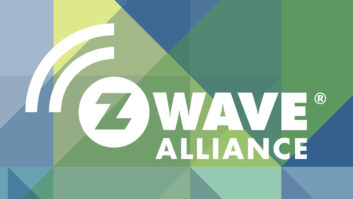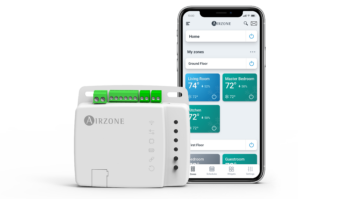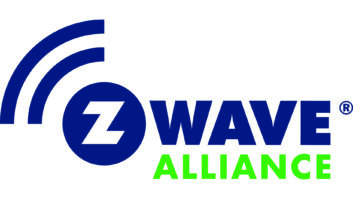
According to a new consumer sentiment survey commissioned by NCSolutions (NCS), nearly six in 10 (58%) of members of Gen Z don’t like advertising that interrupts the content they’re enjoying, compared to 38% of baby boomers. At the same time, more than half of Gen Zers (52%) say they’ll engage with creative and entertaining ads, contrasted with 42% of boomers.
This new data and analysis gives a more detailed look at Gen Z, the first generation to be digitally native. Generation Z, born between 1997 and 2012, is now populating the workforce and represents significant spending power in the CPG marketplace. According to NCS purchase data, Gen Z households spend an average of 12% more on consumer packaged goods than other households.
A social and sustainable mindset drives brand loyalty
Gen Zers prefer brands whose missions align with their values and are more willing to support and be loyal to purpose-driven brands. Thirty percent of Gen Zers value brands that prioritize the environment, compared with 15% of baby boomers. Twenty-seven percent of Gen Z will stay with brands that use sustainable packaging compared with 18% of baby boomers.
As a result, Gen Z is less concerned than other generations about being loyal to brands that provide the best quality or value for their budgets. For instance, fewer Gen Zers (59%) find the quality of a brand important, compared to 75% of boomers. Although 79% of boomers believe value is important, just 68% of Gen Zers say it’s important to them.
“Gen Z undoubtedly will raise the bar for CPG brands, as they differ from older generations in some meaningful ways,” said Alan Miles, CEO, NCSolutions. “Having grown up with – not alongside – the internet, they are used to having instant access to information, products and services. They bring to the marketplace a fully informed and defined point of view about advertising and brands.”
“That presents both an opportunity and a risk for brands, which is why we conducted this analysis,” said Miles. “The findings will support brands as they consider how best to connect with and build relationships with this generational force.”
Unobtrusive, funny and social ads connect
More than other generations, Gen Z is most engaged when advertising is humorous or entertaining. Almost six in 10 (58%) dislike ads interrupting their content. More than half (52%) prefer creative and entertaining advertising, while only 42% of baby boomers, 44% of millennials and 40% of Generation X agree.
Brands that tickle the funny bone are more likely to capture Gen Z’s attention. Forty-three percent say they prefer ads to be humorous. Ads with a social message also resonate well with Gen Z; 17% like ads when they are aligned with the social messaging of the ad compared with 6% of baby boomers.
The Social Sway
Gen Zers are most receptive to advertising that appears in social media feeds, much more so than ads that appear on either cable TV or broadcast television. Nearly three in four Gen Zers (72%) say they’re open to seeing ads in their newsfeeds, compared to 28% who say they’re receptive to ads on cable TV and 20% who say they’re open to broadcast TV advertising.
By contrast, just 19% of baby boomers are more receptive to ads on social media, compared to 58% who say they’re receptive to broadcast TV advertising and 45% to cable TV ads.
“The economic impact Gen Z will have in the coming years makes understanding what makes this generation tick particularly significant for brands’ long-term marketing strategies,” said Miles. “The purpose-driven mindset and significance of social media in the lives of zoomers are notable differences.”
Gen Zers Love Convenience
The analysis also found the youngest generation values convenience in several different ways. Fifty-five percent of Gen Z keep frozen meals on hand compared to 49% of older generations. Twenty-two percent of Gen Z shop for food items at convenience stores, and 18% look for food products in drug stores. At the same time, only 8% of Gen X shop for food at a convenience store and 6% seek food products at a drugstore.
The convenience factor also applies to eating patterns for Gen Z. Over half (51%) are frequent snackers compared with 42% of baby boomers. One-fifth are meal planners, while 34% of baby boomers plan weekly meals.
“Creative executions and advertising platforms that worked for previous generations may not drive the same sales impact for Gen Z consumers,” said Miles. “Marketers will need to test, measure and learn to understand what messages, platforms and creative work best for their brand. Although Gen Zers have a different set of expectations than previous generations, the fundamentals of effective advertising remain the same.”
NCS has prepared a full report covering the survey findings in greater depth, including additional research and analysis. It highlights Gen Z’s preferences for convenience products and services as well as how purchase decisions are motivated by social media influencers. The report is available for download.
See also: Study Finds Prices Are Driven By Only One Type Of Consumer












